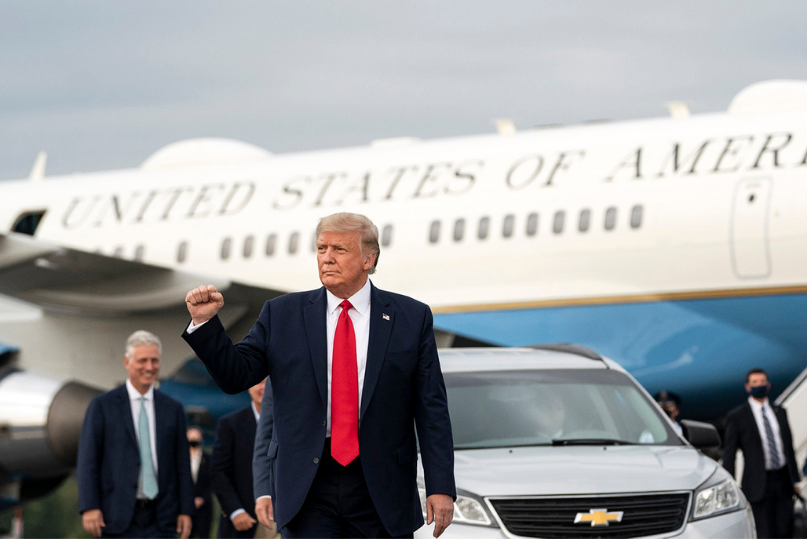
When a vacancy opens on the Highest Court of the land, Article II, Section II of the United States Constitution is clear on the president’s duties: “He shall nominate…Judges of the Supreme Court.”
And that is exactly what President Trump is doing — Faithfully executing the Constitution of the United States just as the American people elected him to do in 2016.
This is causing Democrats to cry foul, arguing that a) President Trump does not have the authority to nominate a justice to the open seat, or b) There is not enough time to hold confirmation hearings.
Of course, these liberal talking points are straight out of their playbook entitled “Delay Delay Delay.” But if one does a quick examination of history, precedent is clearly on the side of President Trump. Not only it is his Constitutional duty to fill vacancies, but getting a judge confirmed in less than a month is normal.
Let’s take a look at some facts:
- Number of justice confirmed during an election year: 15
- Median numbers of day to taken to confirm those justices: 12
- Number of justices confirmed on the same day they were announced: 8
- Number of justices confirmed within one week: 53
- Number of justices confirmed within two weeks: 71
- Number of justices confirmed within one month: 89 (73% of all justices)
- The average number of days between nomination and confirmation: 24
- Median number of days between nomination and confirmation: 10
- If a Democratic president nominated the justice:
- Average number of days between nomination and confirmation: 27
- Median number of days between nomination and confirmation: 12
- If a Republican president nominated the justice:
- Average number of days between nomination and confirmation: 29
- Median number of days between nomination and confirmation: 16
Filling a Supreme Court vacancy now is different from when a seat opened up in 2016. At that point, President Obama was a term-limited president with a Senate controlled by the opposite party due to the clear voice of the American people in 2014.
Leader McConnell followed precedent in 2016, which dictates the seat not be filled in an election year if the Senate is controlled by the opposite party. That is not the case this year.
The American people voted to expand the Republican majority in 2018 in part because they agreed with the judges chosen by President Trump and being confirmed by the Senate.
Over the last three and a half years, President Donald Trump has appointed a historic number of federal judges, more at this point in his presidency than any other president in modern history. These appointments have turned the balance of many federal courts to that of a Republican-appointed majority. Nearly one out of every four active judges on United States Courts of Appeals has been appointed by President Trump; a critical accomplishment that will ensure the Constitution is upheld as written and the rule of law is honored for generations to come.
President Trump’s judiciary legacy is a momentous one that will affect Americans for decades to come. While the radical left wants to throw away the Constitution and the legal precedent our nation was founded on to force their radical values on Americans, President Trump has remained committed to appointing judges who prioritize the Constitution and law the way they were written.




